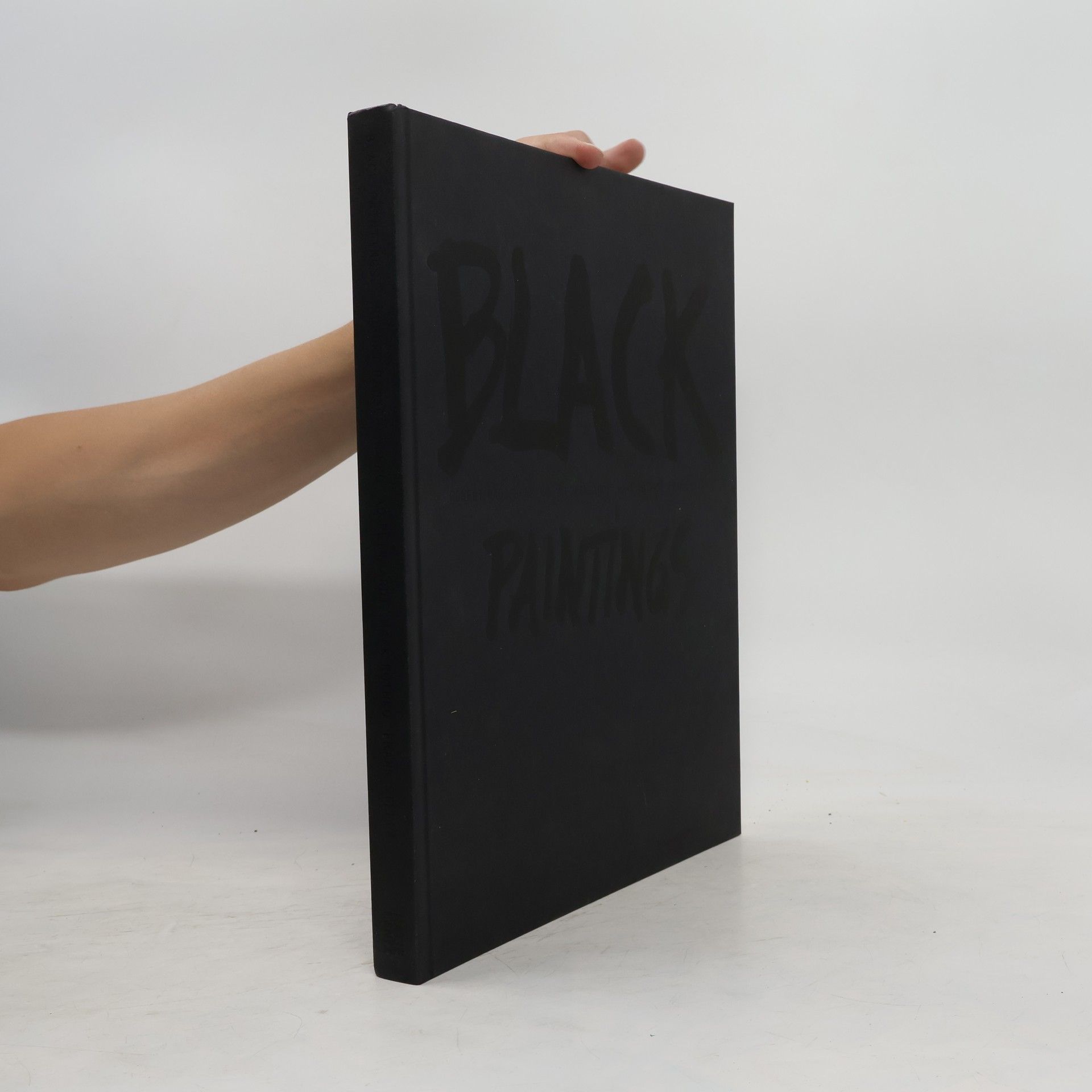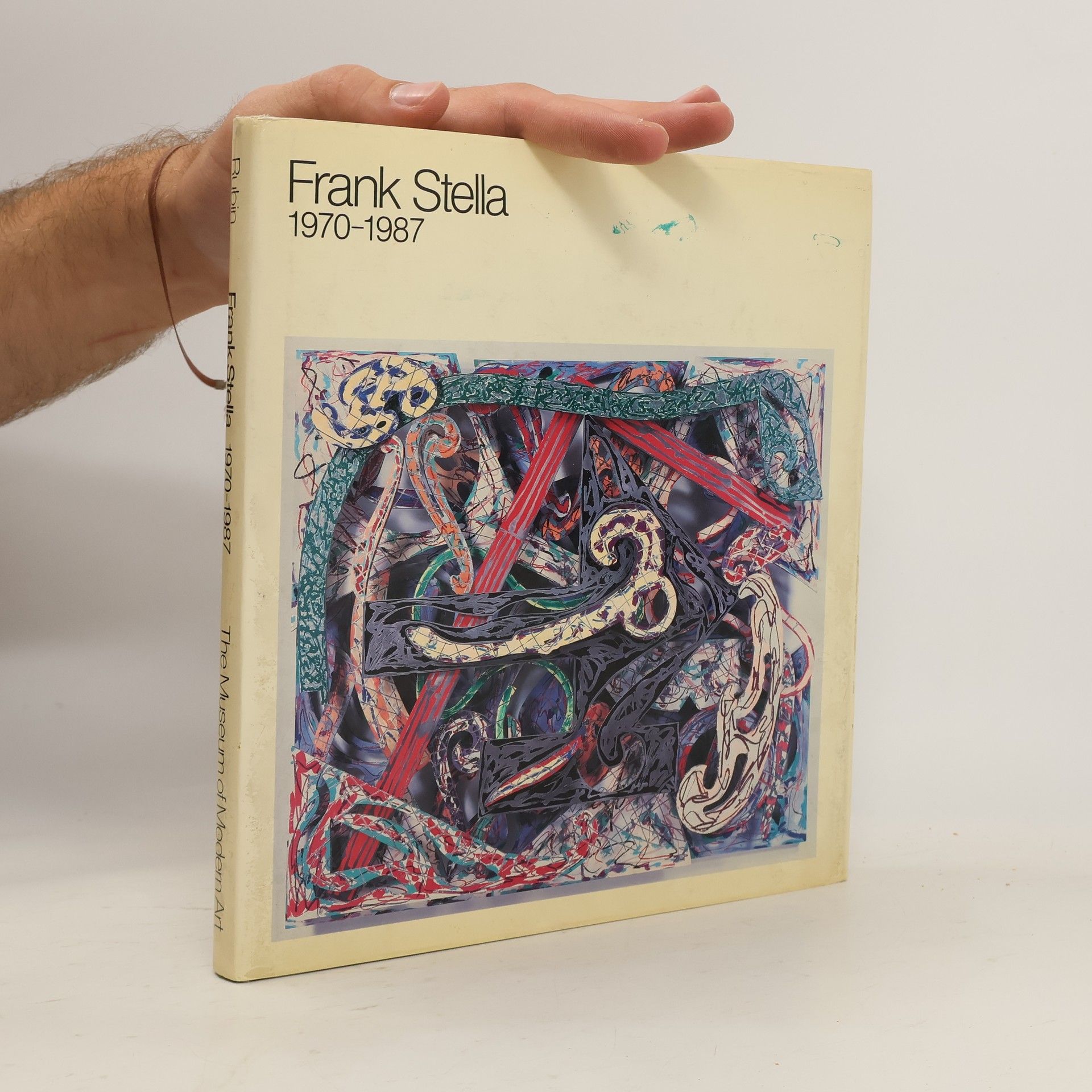Frank Stella Libros
12 de mayo de 1936 – 4 de mayo de 2024





Frank Stella 1970-1987
- 186 páginas
- 7 horas de lectura
Shows examples of Stella's large scale paintings, constructions, and reliefs created over the last seventeen years, and discusses the themes, style, and materials of his work.